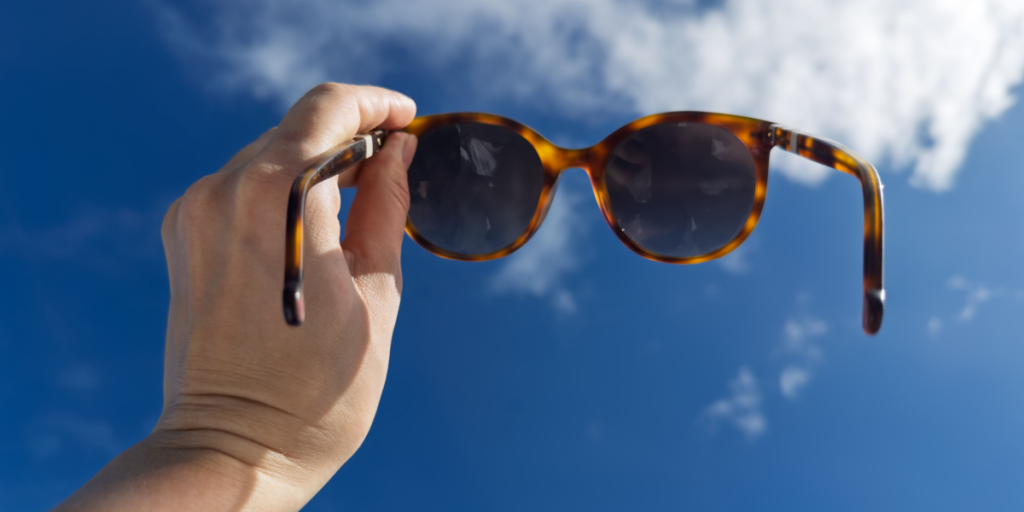If you’re planning to spend more time outdoors this summer, here’s what you should know to pick a truly protective and high-quality pair of sunglasses.
Others are reading now
Sunglasses do much more than complete your outfit.
A good pair protects your eyes from harmful rays, improves how you see in bright light, adds comfort, and can even help keep you safe while driving or doing sports.
But poor-quality sunglasses can actually harm your eyes.
According to Esquire, here’s what to look for when choosing the right pair.
Also read
1. UV Protection

The most important job of sunglasses is to block ultraviolet (UV) rays. These rays are invisible but can damage your eyes, even on cloudy days.
Look for sunglasses that offer 100% UV protection or are labeled “UV 400.”
This means they block all light up to 400 nanometers, including both UVA and UVB rays.
Make sure this is clearly marked on the product—either with a UV 400 label, a “100% UVA/UVB protection” tag, or a CE mark for compliance with European safety standards.
Avoid dark lenses without UV filters. They can actually be more harmful, as they cause your pupils to widen, letting in even more UV rays.
2. Light Filter Categories
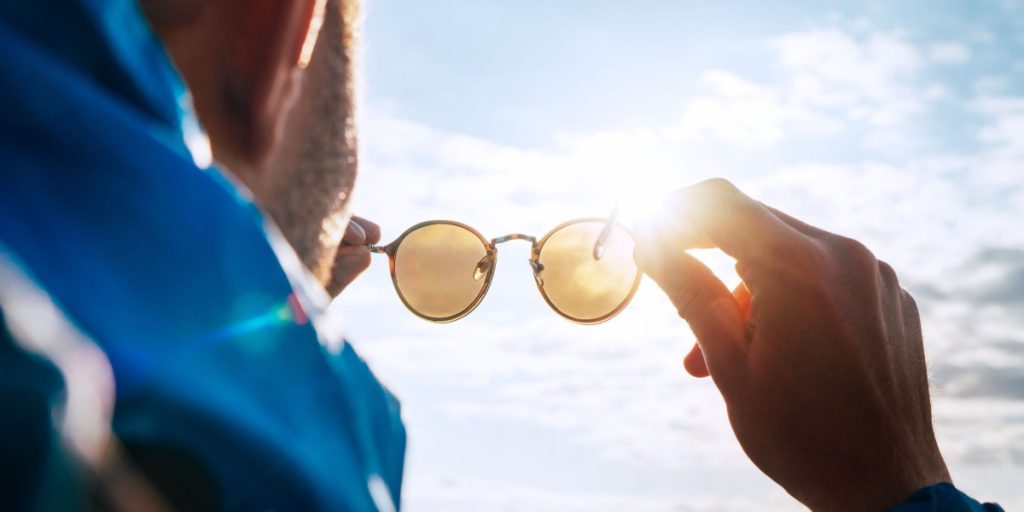
Lenses also differ in how much light they let through.
This is grouped into five categories:
- Category 0: 80–100% of light passes through (very light tint, mostly for fashion).
- Category 1: Light tint, for cloudy days.
- Category 2: Medium tint, suitable for regular sun.
- Category 3: Dark tint, good for beach, summer sun, or mountains.
- Category 4: Very dark, for extreme brightness. Not allowed for driving.
The category is usually printed on the lens or frame, often as “Cat. 3.”
3. Polarized Lenses
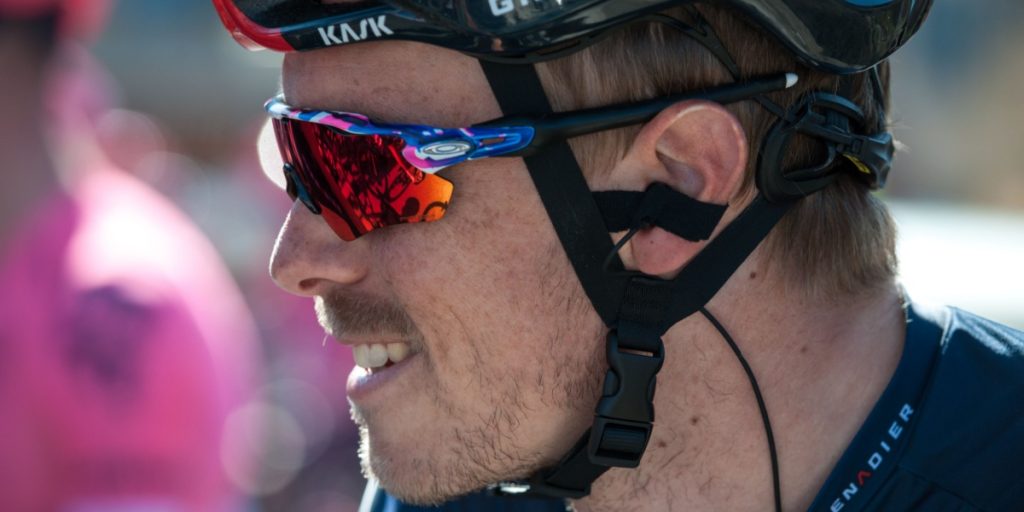
Polarized sunglasses reduce reflections from surfaces like water, roads, and snow.
This improves contrast and reduces glare—helpful when driving, fishing, or skiing.
But note that they can sometimes make screens harder to read and may hide shiny surfaces like ice, which can be risky in some sports.
Remember: Polarization is useful, but it’s not the same as UV protection. Make sure your sunglasses have both.
4. Lens Material

There are two main options:
- Mineral Glass: Excellent clarity and scratch resistance, but heavier and can shatter.
- Plastic Lenses: Lighter and safer, but may scratch more easily.
Most people prefer plastic (like polycarbonate or Trivex) for everyday use because it’s lighter and more durable.
5. Frame Material
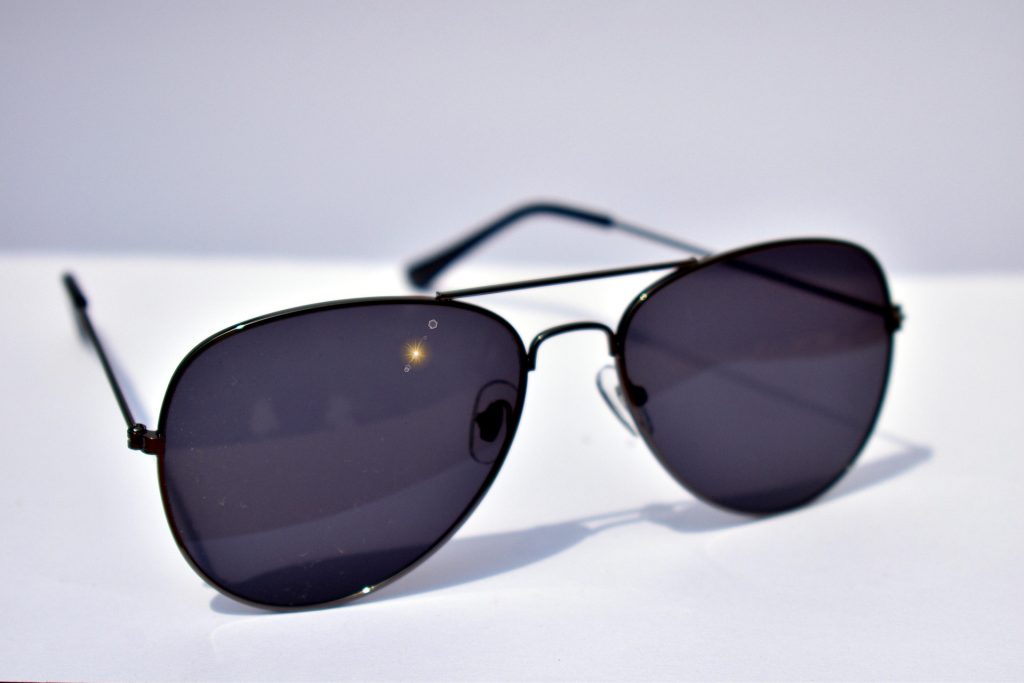
Your frame affects both comfort and how long the sunglasses last.
Two good materials are:
- Acetate: A natural, durable material made from cotton or wood fibers. It can be shaped in many styles and colors. High-quality acetate has depth, shine, and doesn’t smell like plastic.
- Titanium: A metal that’s ultra-light, flexible, and hypoallergenic. It’s strong and ideal for sensitive skin.
6. Fit and Coverage
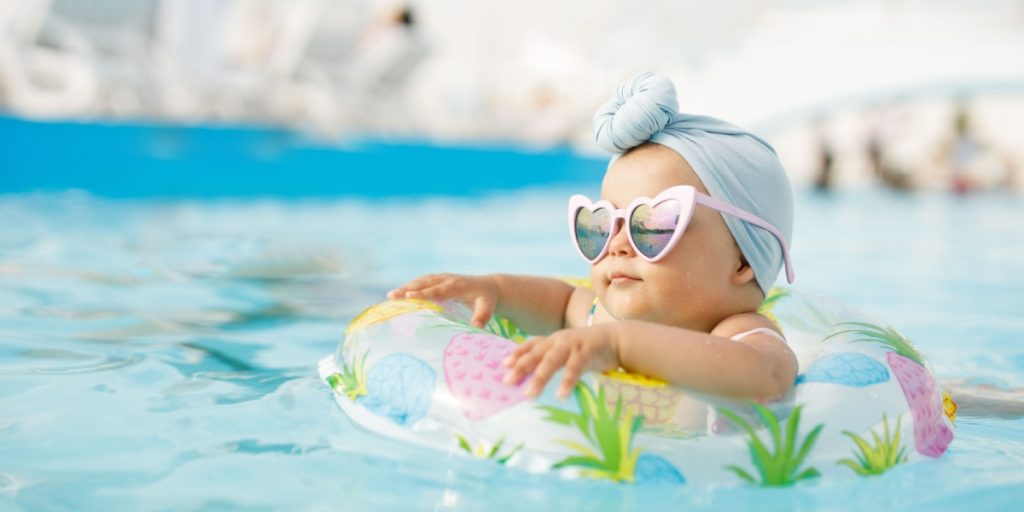
Sunglasses should block light from the front and the sides.
Look for large lenses and wide temples. The glasses should sit comfortably—no slipping—and not touch your eyelashes.
Adjustable nose pads help keep them in place, and regular fitting by an optician is recommended.
7. Price

Sunglasses range from cheap to luxury prices.
But quality protection usually starts around $160–$165 (£125–£130)
Between $160 and $440, you’ll find glasses that offer good materials, proper UV protection, and stylish design.
Above $440 (£345), you’re mostly paying for branding, prestige, or luxury extras like precious metals or stones—not necessarily better protection.

